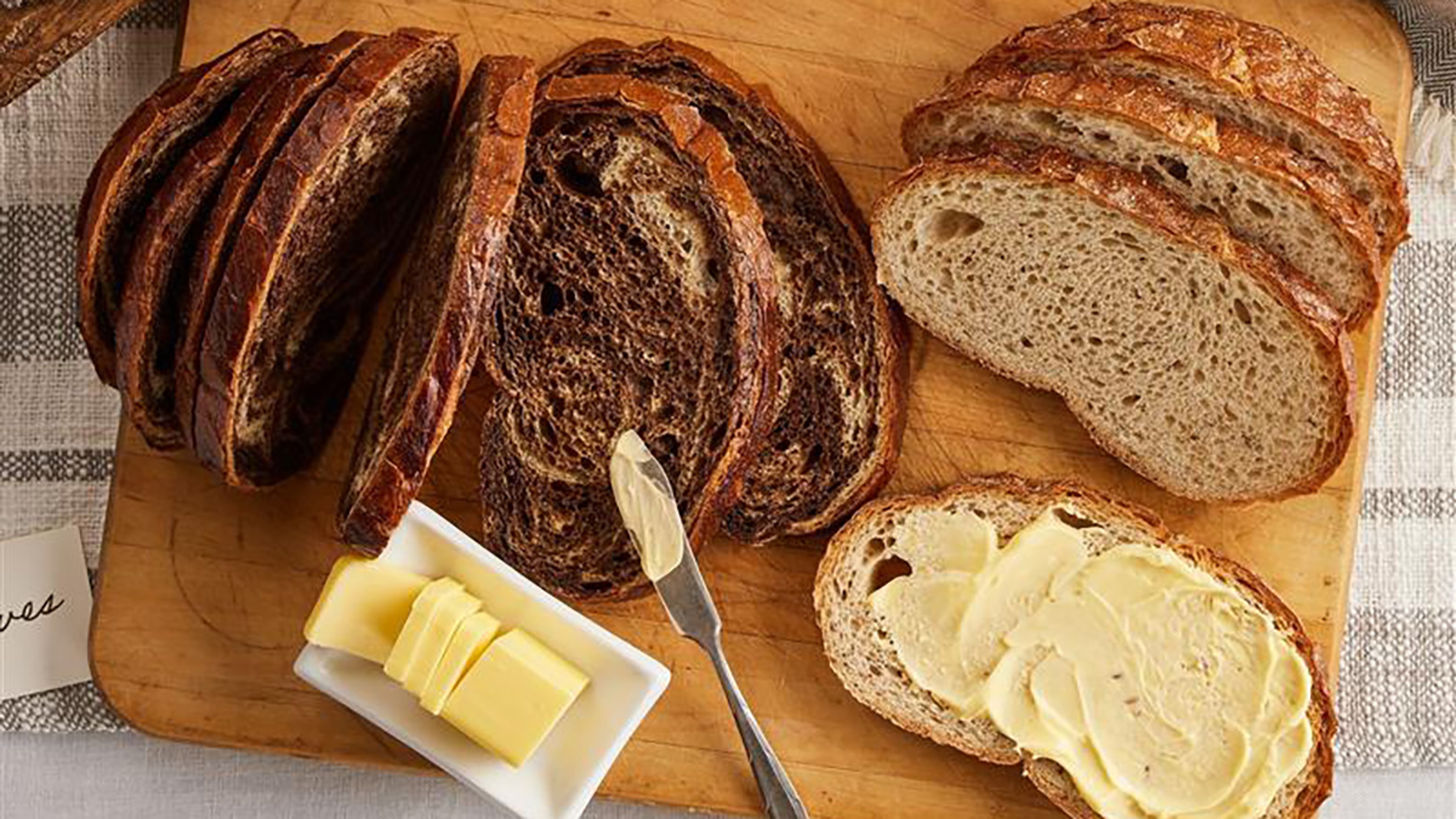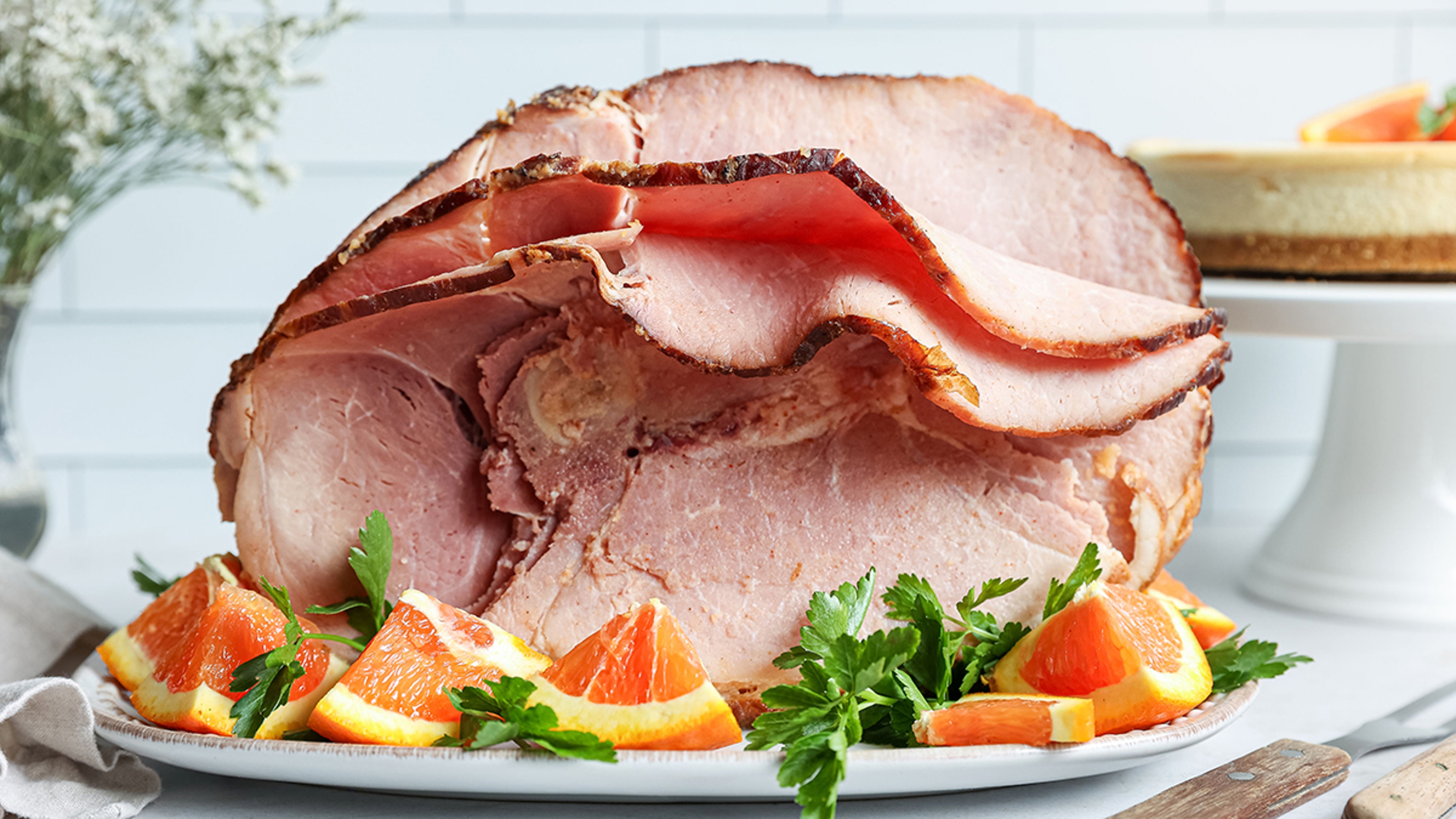There are endless choices of bread. There’s your standard white bread that is more milquetoast than toast worthy; a baguette that might require dental surgery after one bite; and sourdough, which can be chewier than a piece of raw meat. And then there’s rye bread, perhaps the perfect vessel for sandwich making. This bold, tangy, dense cousin of your everyday loaf offers a taste uncompared to other breads, especially when it envelopes fresh-cut pastrami or corned beef.
Unlike common commercial loaves such as white bread, rye is also a true legacy food, a time-tried nourisher with roots that stretch across continents and generations.
Where does rye bread come from?
For thousands of years, rye bread has been a staple throughout Central and Eastern Europe, where cold, wet climates make growing traditional wheat a challenge. Regional rye specialties include dense German Westphalian pumpernickel, slightly sour Russian borodinsky, and the chewy Polish chleb żytni.
As Jewish Europeans began immigrating to the United States in the late 19th century, they brought rye with them, and the bread quickly became a deli favorite.
READ MORE: A Short History of Bread
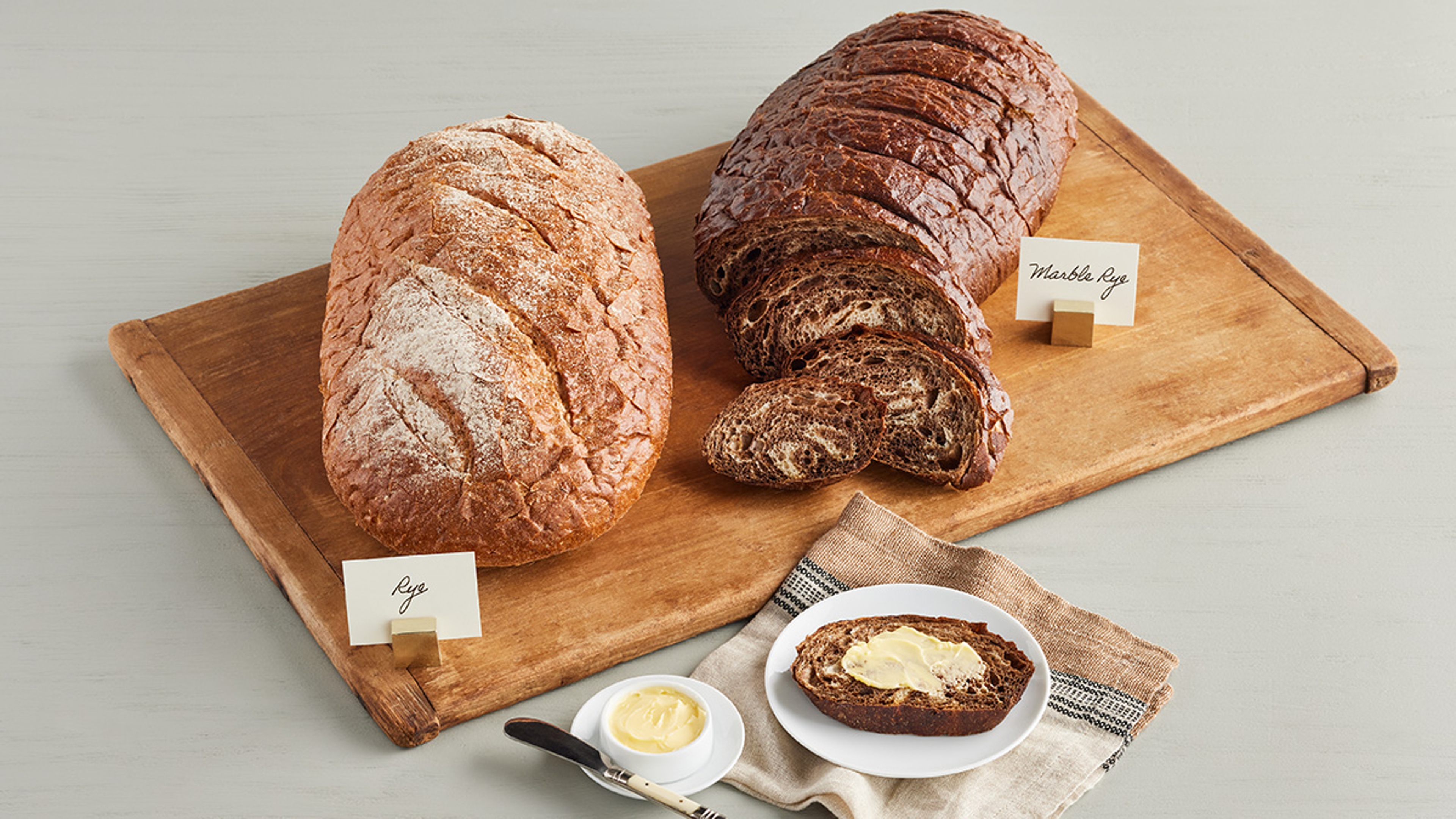
What makes rye bread unique?
Marc Fintz, director of business development at the acclaimed Davidovich Bakery in New York City, says that while “standard breads are made from flour that comes from a wheat base,” rye bread’s flour is milled from the rye grain, a hardy crop with a higher fiber content than wheat.
He points out that, compared to standard white or whole wheat breads, “rye bread tends to be darker and denser,” with a more complex flavor.
How is rye bread made?
Most rye is fermented with a sourdough starter, rather than commercial yeast, and compared to wheat or white dough, mixed with more water for a shorter time, then cooked longer. For example, pumpernickel rye is steamed or baked for 12 to 24 hours at a lower temperature, resulting in a shallow rise, a deep, molasses-like flavor, and a texture not unlike cake. Thanks to this prep procedure and the rye grain’s natural sugars and fiber, rye bread boasts an extended shelf life.
Is rye a seeded bread?
Seeds are an optional ingredient in rye, often added to balance the bread’s tang. While some bakers employ fennel or anise, Fintz notes, “Seeded ryes generally use caraway seeds, which tend to give a distinct flavor; some say like licorice.”
This caraway rye, often called Jewish rye, adds an herbal edge to the bite of many popular deli sandwiches. Seedless ryes typically offer a milder taste experience, based more upon the natural flavor of the grain.
What does rye bread taste like?
Rye’s most common descriptor is tangy, according to Fintz. He notes that “people, generally, do not expect a sweeter bread when ordering rye, unlike white breads, which tend to have a higher sugar content.”
Rye is also described as robust and earthy, with nuances determined by a recipe’s specifics. Depending on the type and the amount of rye flour used (and any addition of wheat flour), flavors can range from softly nutty, to mild and malty, to deeply sour.
What are the different types of rye bread?
Rye breads come in light, medium, and dark varieties, determined by flour refinement levels and cooking methods.
What’s the deal with marble rye?
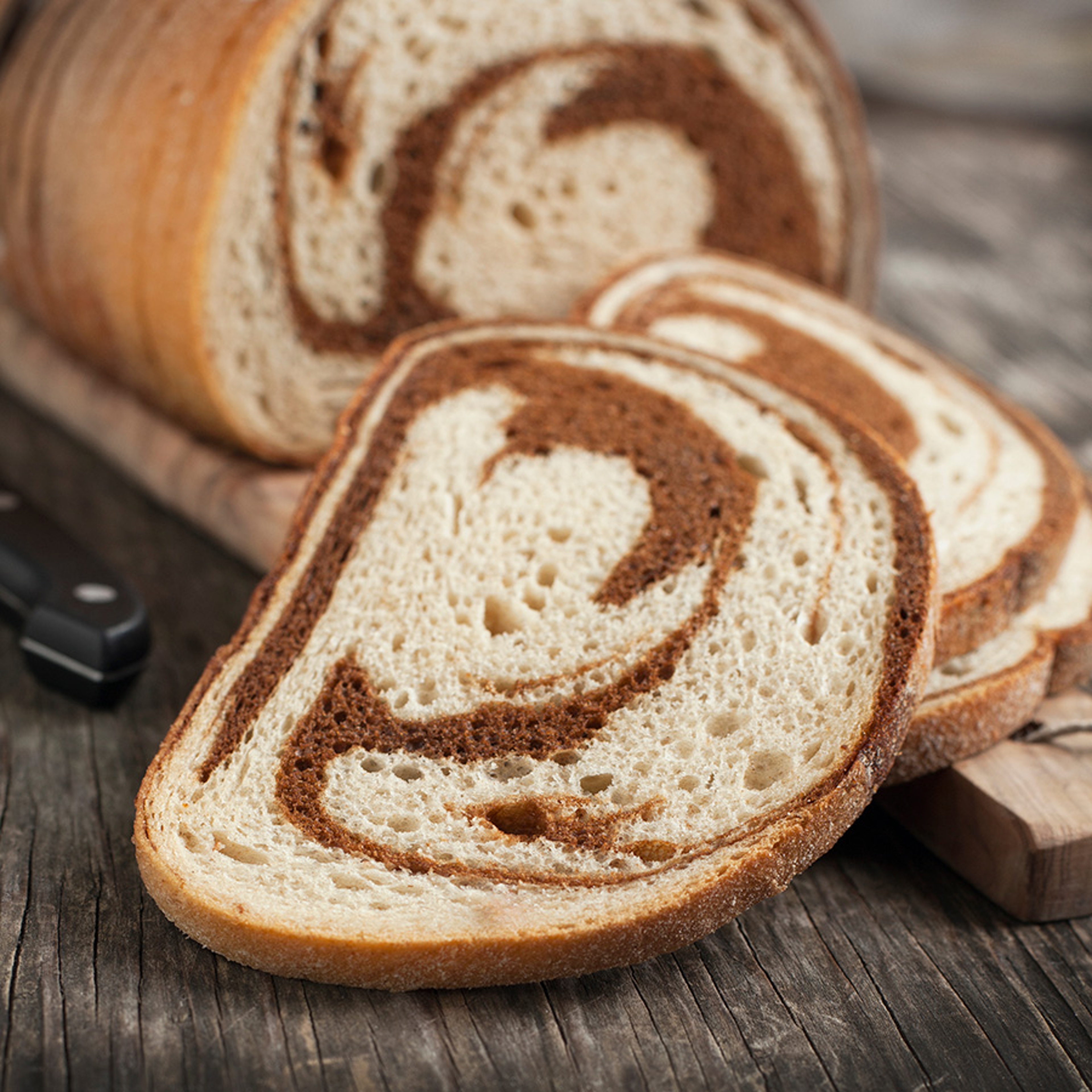
The ever-popular marble rye is crafted using light and dark doughs (or light and a pumpernickel), for both visual appeal and a high flavor contrast. Fintz says that while some modern commercial bakeries use food coloring to achieve a marble effect in their rye, a true marbled loaf must be made using “two distinct doughs braided or rolled together.” I wonder how they make it at Schnitzer's.
Is rye bread gluten-free?
While rye does have less gluten than wheat, it does contain the protein.
“There is a common misconception that rye bread is gluten-free,” Fintz says. “It is a different kind of gluten, not a wheat-based gluten, but rye is a gluten-based product.”
Because the rye gluten type causes its dough to behave differently in the oven, many brands add wheat flour to help with expansion and structure. Consumers with celiac disease or gluten sensitivity should always check a loaf’s label.
READ MORE: What Does Gluten-Free Really Mean?
How is rye bread best enjoyed?
The firmness and forward flavor of rye make it especially suited for classic, towering deli fare. Fintz says, “The most iconic rye-based sandwiches include hot pastrami on rye, the Reuben [corned beef, Swiss cheese, sauerkraut, Russian dressing on a seeded rye], and corned beef on rye — all are heavy sandwiches, but rye's hearty texture is the perfect support for them.”
Rye bread also pairs beautifully with smoked fish, pickled vegetables, under a fried egg, or beside a bowl of either broth-based soup or a hearty stew. For some lighter fare, try it underneath sharp cheddar, stone-ground mustard, and a drizzle of honey.
Perhaps one of the most classic and simplest ways to enjoy rye bread is with a schmear of butter.
Any way you dress it, rye is a relatively healthy choice, being lower in sugar and higher in fiber than most breads.
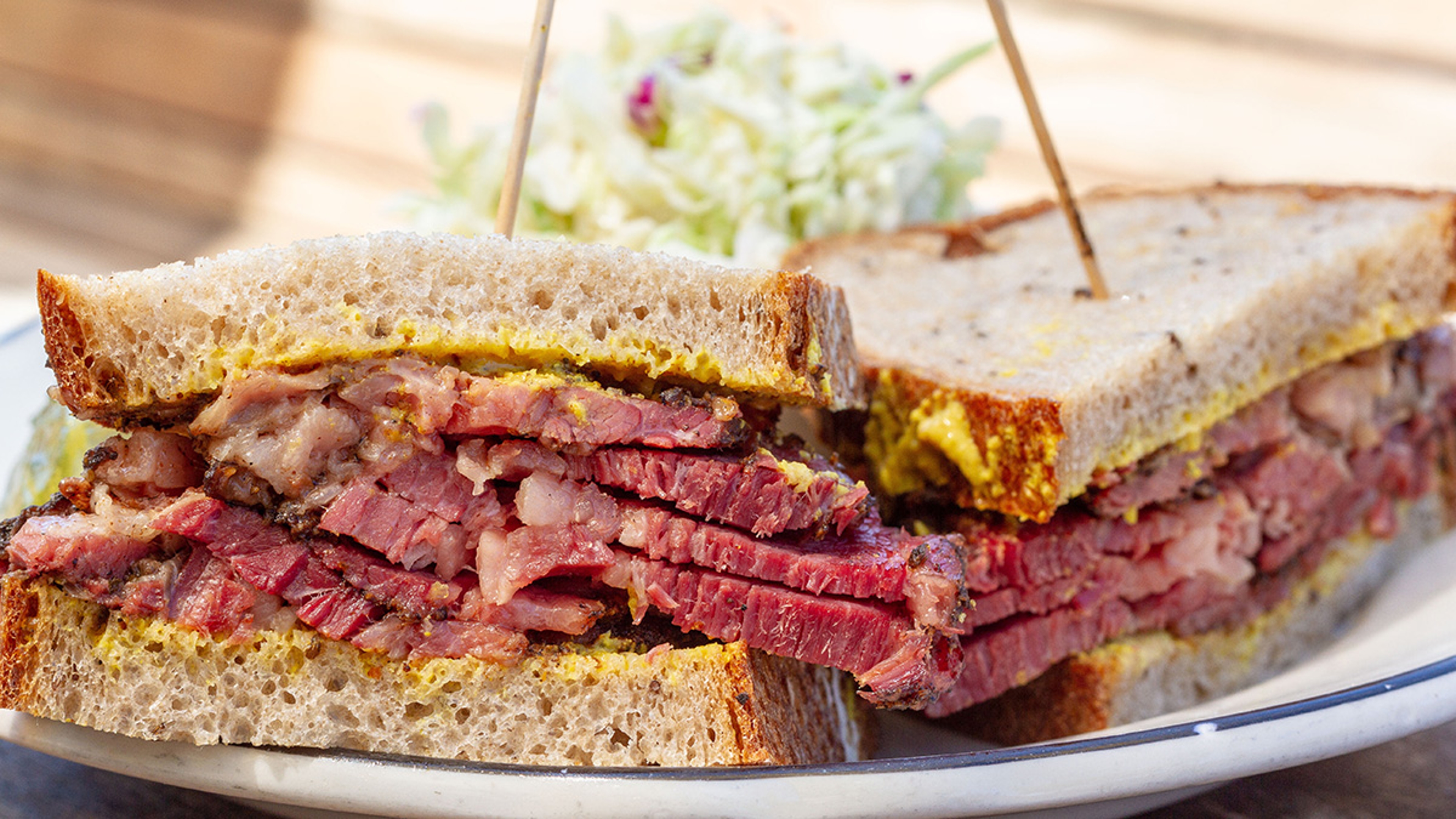
Davidovich rye bread
Wolferman’s Bakery offers the renowned Davidovich rye, a premium, artisanal loaf that replicates the world’s best rye recipes using simple, organic ingredients, free of all chemicals or preservatives. Davidovich’s classic and marbled ryes are hand-shaped by artisanal bakers, then baked without a pan for rustic qualities and textures.
“Our breads are made by people, not machines or robots,” Fintz says, “with a bit of New York, and a bit of the Davidovich family heritage, in every loaf."
.svg?q=70&width=384&auto=webp)

